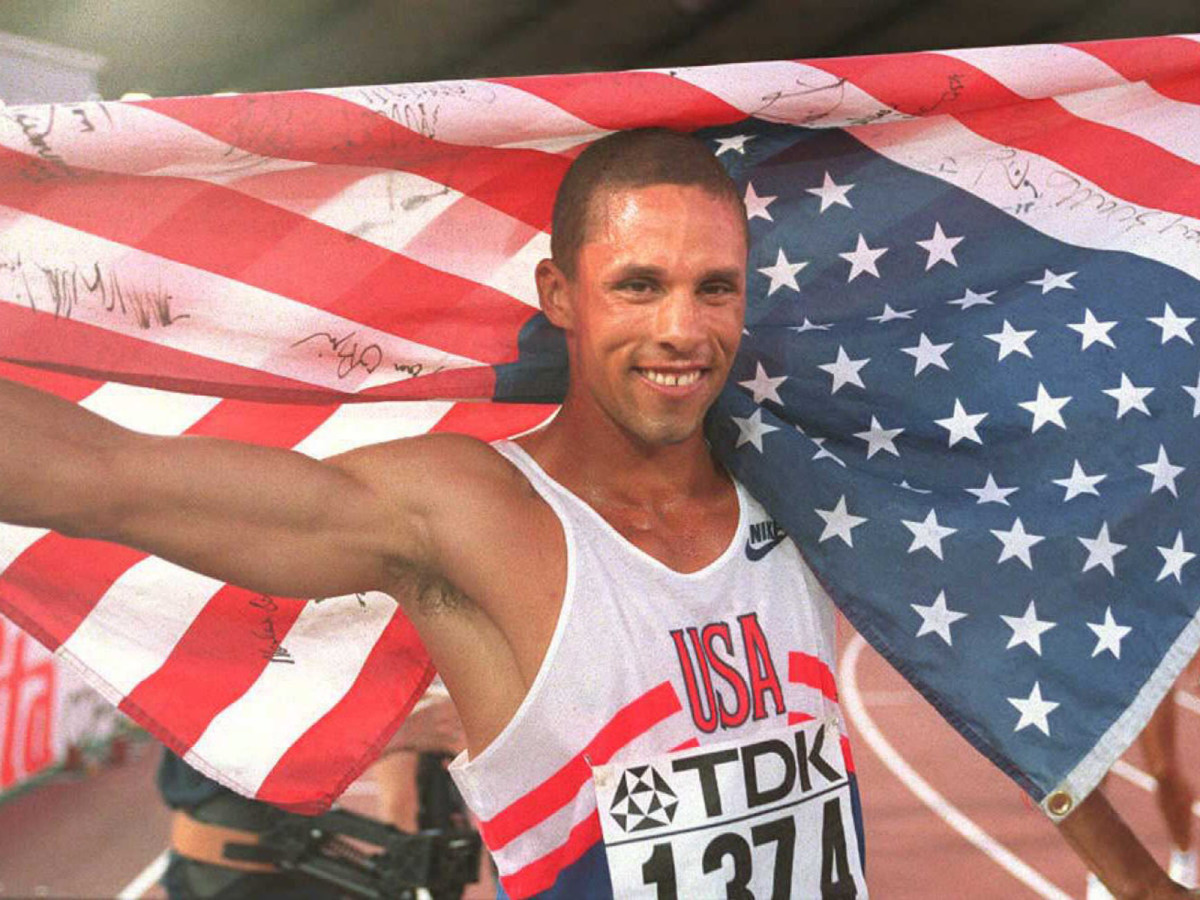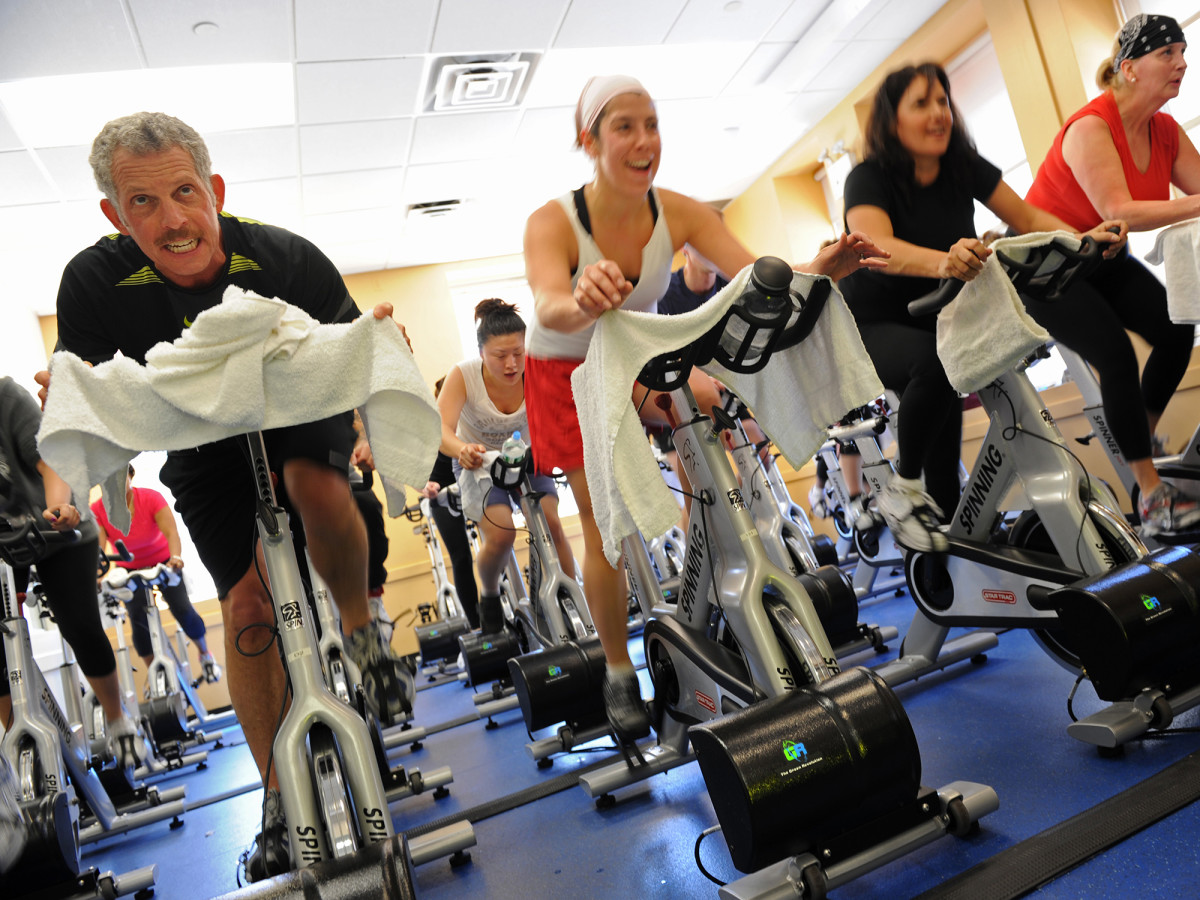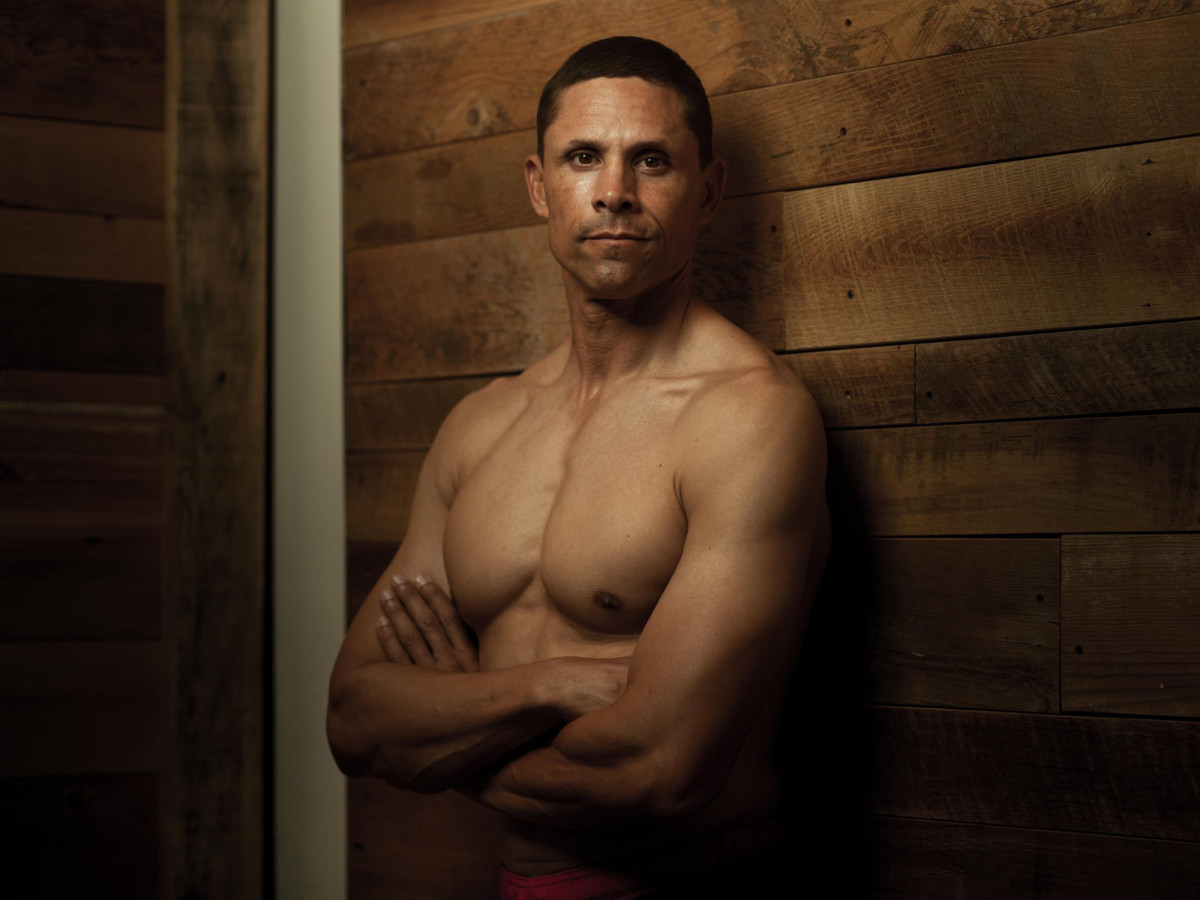Training after 50: Dan O'Brien dispels the myths about exercise for older adults

There aren’t many in his age group—or any other age group for that matter—that can match Dan O’Brien stride for stride, even at age 50. Given that our role models often come from sports, when looking for examples of healthy living, we need look no further than O’Brien, the 1996 Olympic gold medalist and one-time world record holder in the decathlon.
“My goal is to sweat everyday, it’s my Zen,” says O’Brien, now a motivational speaker.
O’Brien seemingly hasn’t lost any of his enthusiasm for training and exercise and continues to defy the myth that your 50s are a time for more placid pursuits. While he confesses he once exercised to be able to eat and drink what he wanted, O’Brien says his training and eating habits had to evolve as he aged. However, despite these changes, he continues to be a proponent for the benefits of vigorous exercise.

“You just need to try a little harder and you have to put more thought into workouts,” he emphasizes. O’Brien’s point is a common refrain for those entering their fourth and fifth decade of life and we all know that trying a little harder often comes in the form finding the time and motivation for workouts in a calendar already chock full of family and work commitments.
But as much as these external factors may limit exercise time, the myths and misconceptions about exercise after 50 can also get in the way of many continuing or initiating an exercise program. After all, it’s all the information that we think we know that influences our relationship with exercise, sometimes for the worse.
MYTH #1: It’s all downhill after 50
Father Time, the perceived judge and jury of our physical capabilities, may actually have less to do with a physical decline than a generally sedentary lifestyle. While it’s true that both muscular strength and aerobic capacity—the ability of the cardiovascular system to deliver oxygen to working muscles—progressively diminish after the age of 35, the magnitude of the decline is much less in those that continue to exercise.
“The fact is that there isn’t any age that your body won’t respond positively to an exercise stress,” says Dr. Vonda Wright, medical director of the University of Pittsburgh Medical Center Lemieux Sports Complex, “Older athletes are still quite capable of competing at a high level and the differences in performance in many endurance events between age groups are actually slight until after the age of 70.”
What’s more, improvements in fitness can be realized in any decade of life, aging merely lowers the ceiling of physical fitness. So sure, while those Olympic dreams may be unrealistic at 50, “you can still get fit, you can still get stronger,” says O’Brien.
This is what happens to your body when you stop exercising
MYTH #2: Older athletes should avoid vigorous exercise
Older individuals aren’t the ones that have to stop training more intensively, but the ones that need to start. Researchers believe that one of the keys to successful aging lies in the form of intense exercise—i.e., pushing the heart rate into the upper zones of effort.
Research has found that these brief intervals of high intensity exercise, interspersed with periods of rest, are the holy grail of exercise, offering more health, performance, cardiovascular and strengthening benefits than the standard long, boring slog on the treadmill, elliptical or bike. Given that high-intensity training has been researched and validated for individuals with chronic health problems, such as heart disease, diabetes, metabolic diseases, fears that high intensity training is unsafe for older individuals appears unproven.
“Spinning classes are a great way to incorporate a form of high intensity training without the same pounding as running,” says Wright.

According to a 2014 article in the Journal of the American Academy of Orthopedic Surgeons, high intensity exercise may temper the decline in aerobic fitness by as much as 50%. The authors of the study concluded: “Studies of performance decline in masters athletes indicate that the slowing phenomenon of the aging process does not have a significant impact until the seventh decade of life.”
“I love to incorporate high intensity training into my workouts but I use a lot of cross training to keep it fun and less stressful to my joints,” O’Brien says. “[I use] the Versa-climber for impact free sprints, track workouts, Olympic lifting and a high intensity program called Alpha at LifeTime Fitness.”
MYTH #3: Older athletes just get hurt
Dr. Wright puts it bluntly: “Injuries are fixable, chronic disease is not.”
In other words, the risks of sedentary lifestyle are of a greater impact to well being than the risks of tendonitis or plantar fasciitis. In some cases, given a loss in strength and balance in older individuals, exercise may decrease the risk of injury through a reduced risk of falls.
Before beginning an exercise program—especially one that incorporates high-intensity training—O’Brien believes that the first step is preparing the body through muscle strengthening.
“People need to take the time to do it right—use bodyweight strengthening, a good warm-up and cool-down, and prepare for every workout,” he says.

While there is a risk of injury with any activity, Dr. Wright believes that these injuries are often the result of training errors rather than age.
“Often, when starting to exercise, individuals try to pick up where they left off when they were 25 years old and much more fit,” she says. The classic too fast, too much, and too often leads to overuse injuries at any age. So what is the best approach to injury prevention?
The master’s athlete program at UPMC—Performance and Research Initiative for Masters Athletes, or PRIMA, for short—utilizes a program called FACE, which stands for Flexibility–Aerobic–Carry-a-Load–Equilibrium. The program ensures that older athletes are taking all the steps necessary to prevent injury.
“I think that functional exercises, squats and lunges, are best for strengthening,” Dr. Wright says.
What to eat before, during and after running, no matter the distance
MYTH #4: Too late to start
Even for those that have been sedentary for years, recent research suggests that it’s never too late to realize the health benefits of exercise. Several large scale studies have found that significant health benefits were seen among those that became physically active relatively late in life. In fact, in a study specifically looking at 50-year old men, one such study concluded the health benefits to starting physical activity in middle age were comparable to that of stopping smoking.
“There’s never an age or skill level at which you can’t change fitness,” says Wright. “When you eliminate sedentary living from the equation, you become capable of so much more.”
Become a better runner with this wearable that tracks your hip and pelvic motion
Those that begin to exercise late in life not only live longer, but better as well, suffering through less disease and disability than their sedentary peers.
O’Brien stresses that it’s important to start with small, achievable goals.
“Getting started is the hardest part of anything but if you show up every day, you’ll see results immediately,” he says.
